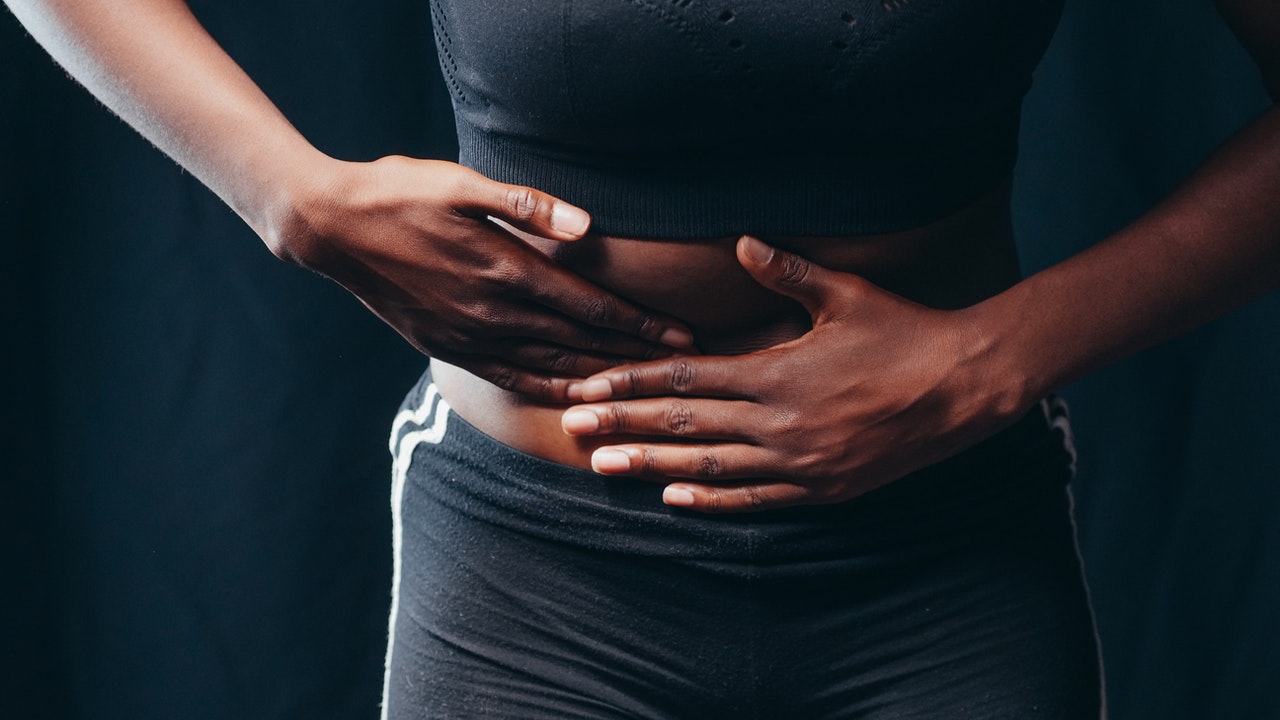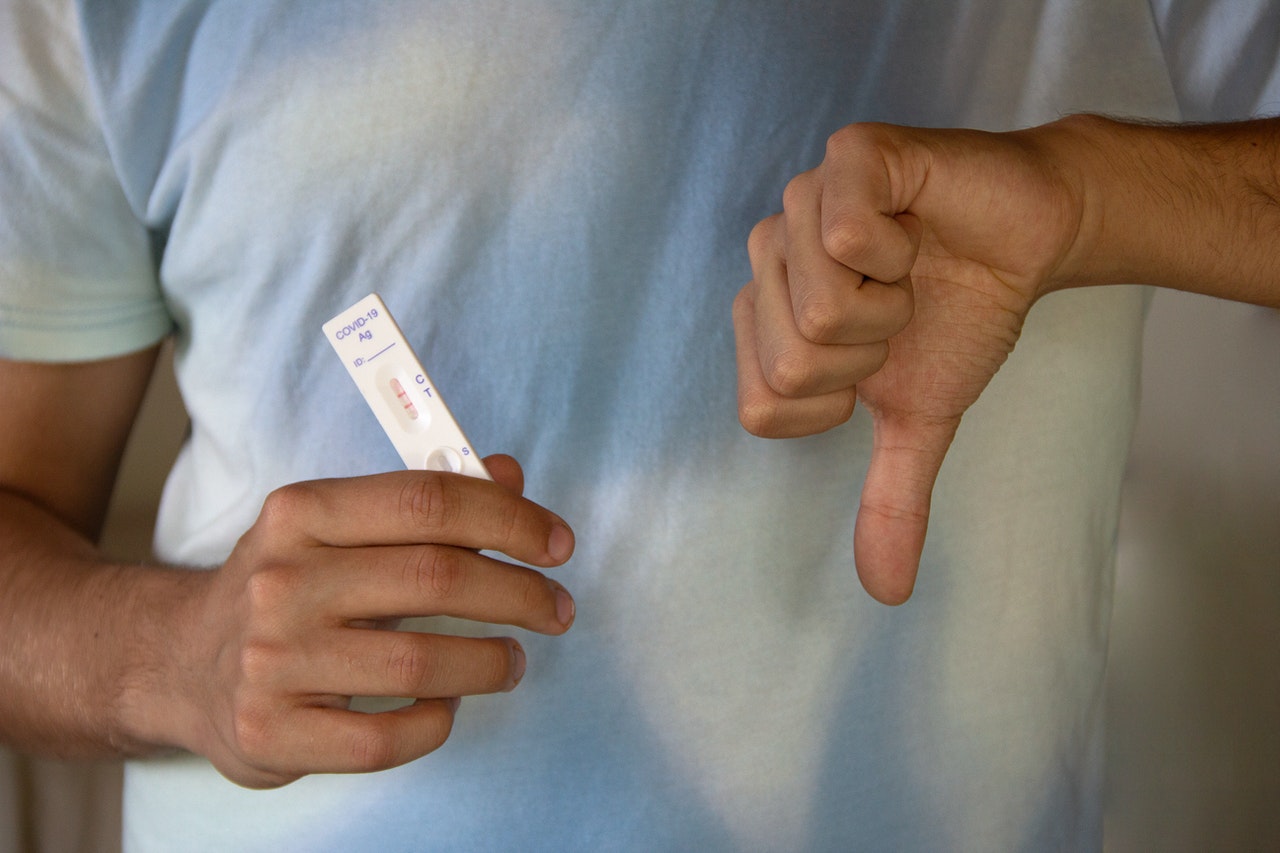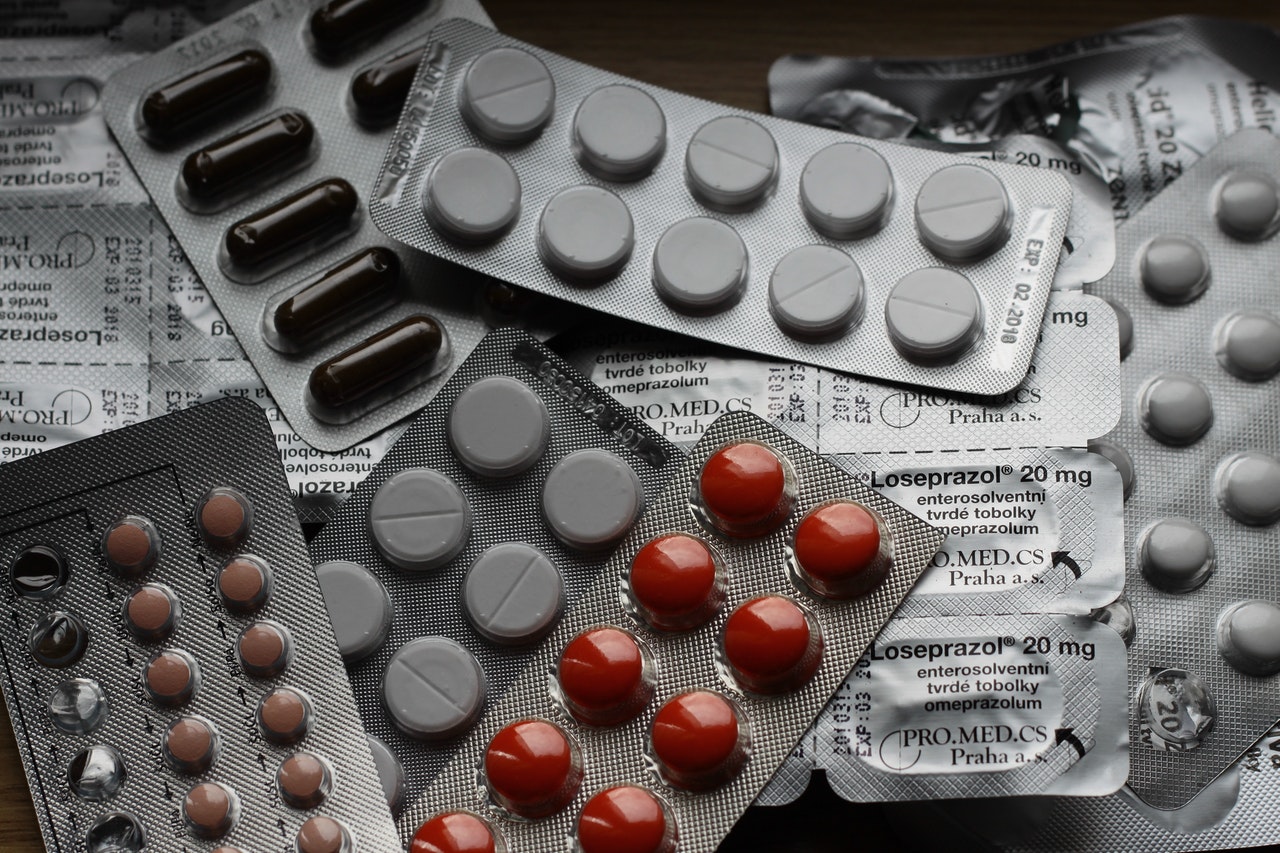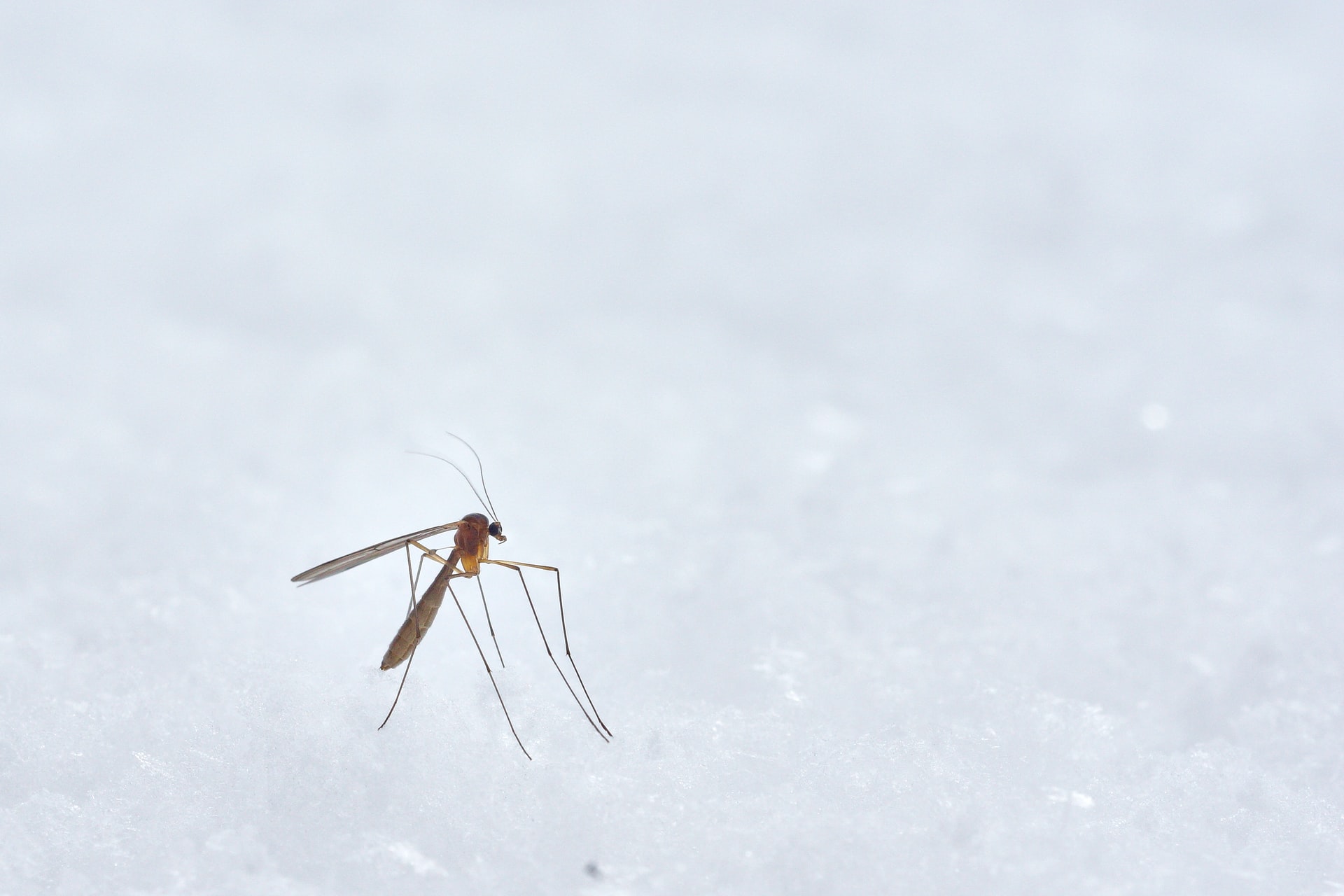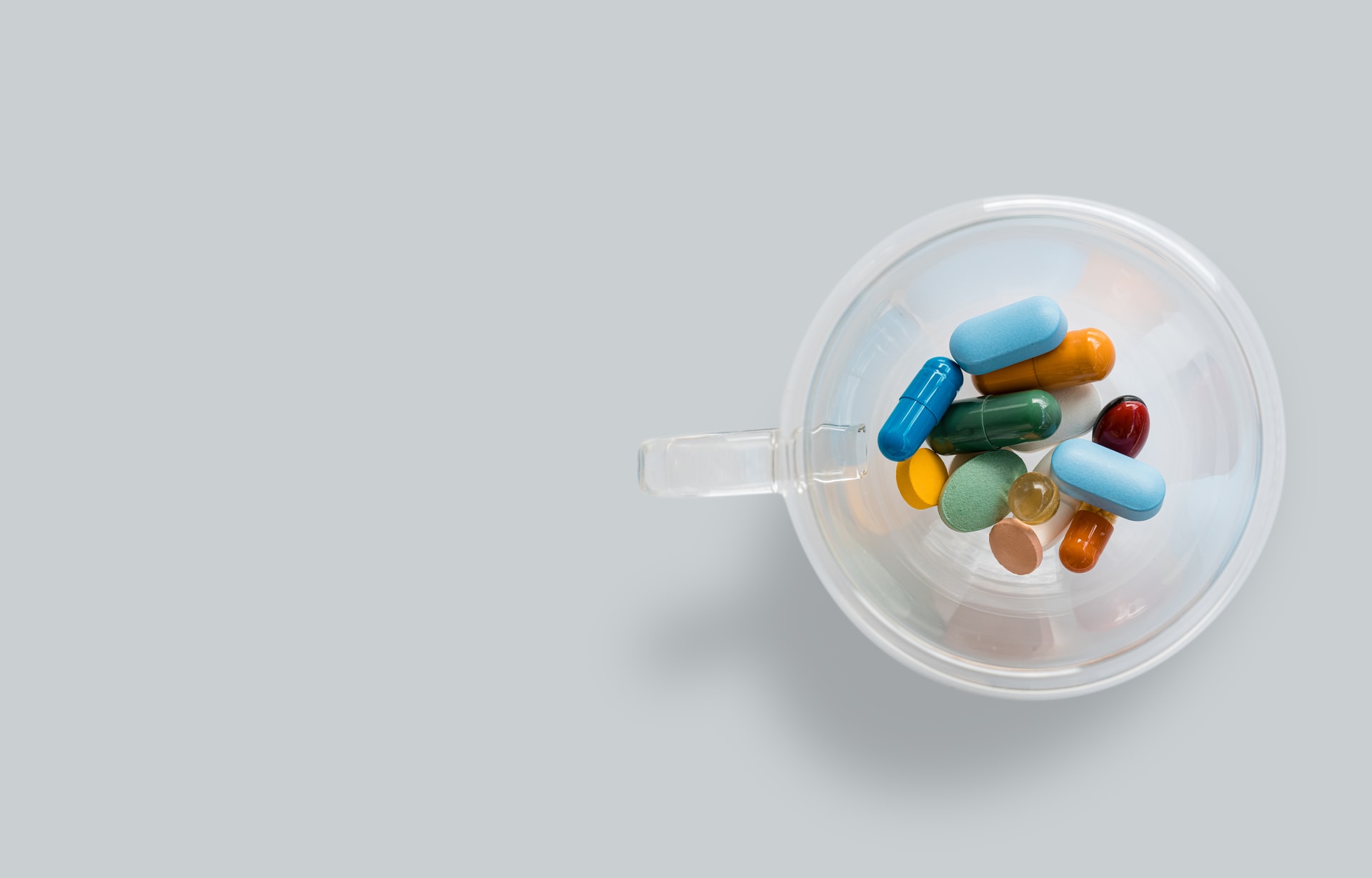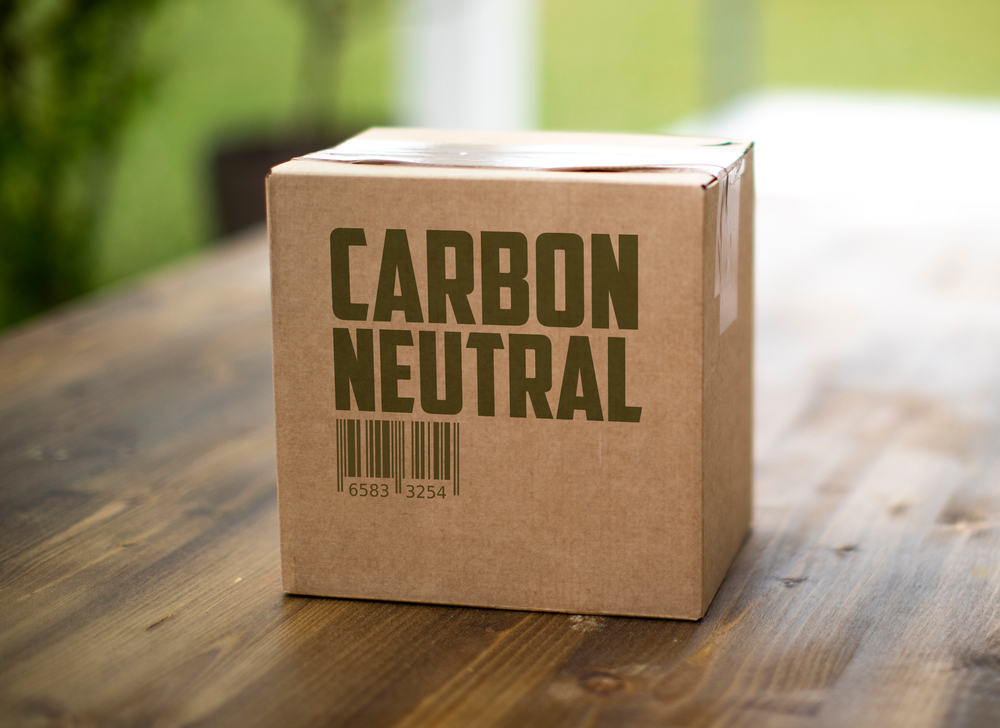Reading Time: < 1 minutes
- Arteries are blood vessels responsible for carrying oxygen-rich blood away from the heart to the body parts.
- Veins are blood vessels that carry blood low in oxygen from the body back to the heart for reoxygenation.
- Between these two and the heart, the body witnesses a circulation of 7,500 litres of blood in a day (i.e., 4-5 litres of blood recycled 1500-1875 times).
- When the heart pumps out the oxygen-rich blood to different body parts, this blood puts pressure on the muscle walls of the arteries.
- This pressure is called blood pressure.
- Now, a normal resting heart rate for adults ranges from 60 to 100 beats per minute.
- Let’s say it beats once per second, and so, for half a second, it contracts, and the other half it rests.
- When it contracts, the force of the blood is high—imagine pressing a dough ball in your fist, the shreds of squeezed dough will push out forcefully from the gaps between your fingers.
- This is the upper reading (or top number) of the blood pressure, and it is called systolic pressure.
- The bottom number is when the heart rests for half a second—imagine opening the fist to let the dough ball rest.
- This is called diastolic pressure.
- A normal reading is when the systolic pressure is >90 and <120, and the diastolic reading is >60 and <80.
- The armband used to measure BP is called a sphygmomanometer.sphygmus (pulse) & the scientific term manometer (pressure meter).
- Blood pressure readings are expressed in millimetres of mercury (120/80 mm Hg).
Image courtesy of Mockup Graphics through Unsplash
Reference shelf :





